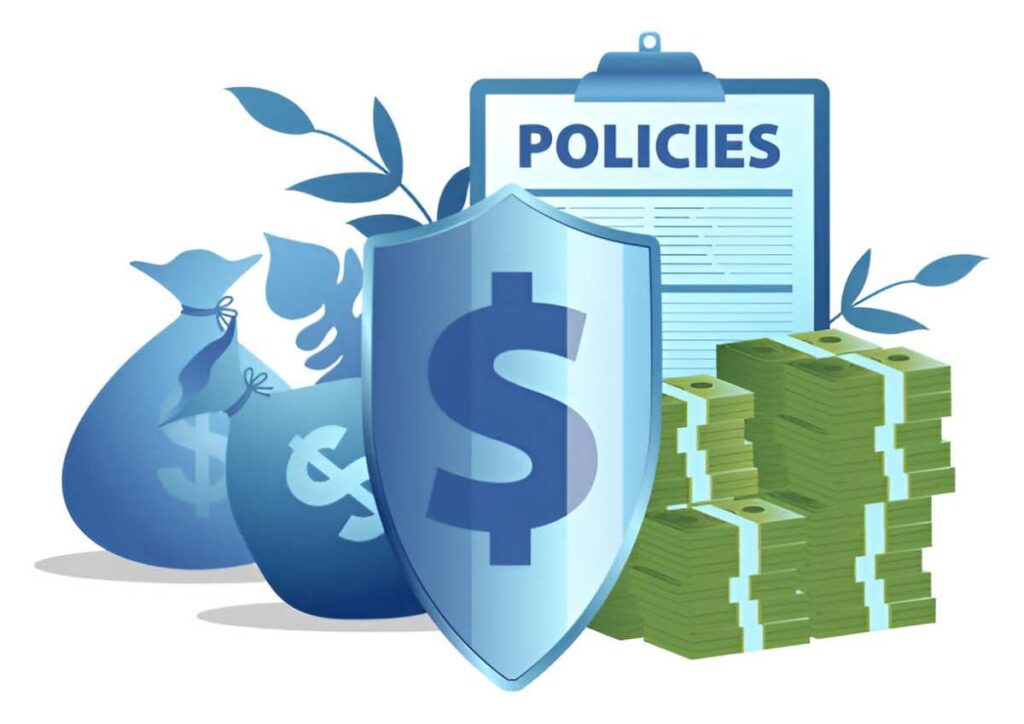Introduction
Every business, whether a small startup or a large corporation, depends on key individuals whose absence could disrupt operations, reduce revenue, or even threaten survival. These individuals—often founders, top executives, or specialized employees—hold critical knowledge, relationships, or skills. Losing them unexpectedly can create financial instability. Key-person assurance (also called key-person insurance) mitigates this risk by providing financial protection. In this guide, I explain what key-person assurance is, why it matters, and how businesses can implement it effectively.
Table of Contents
What Is Key-Person Assurance?
Key-person assurance is an insurance policy a company takes out on the life or health of a crucial employee. If that person dies or becomes incapacitated, the business receives a payout to offset losses. The policy acts as a financial safety net, helping the company recover from the sudden loss of a key contributor.
Why Key-Person Assurance Matters
Small and medium-sized businesses (SMBs) are especially vulnerable because they often rely on a few individuals for leadership, client relationships, or technical expertise. According to the U.S. Small Business Administration, over 50% of small businesses fail within five years, and unexpected personnel losses contribute to this statistic.
Identifying a Key Person
Not every employee qualifies as a “key person.” To determine who is essential, I ask:
- Does this person generate significant revenue? (e.g., a top salesperson)
- Do they possess irreplaceable expertise? (e.g., a lead engineer)
- Would their absence disrupt operations? (e.g., a founder with deep industry connections)
If the answer is yes, they likely qualify.
Example: A Tech Startup
Imagine a fintech startup where the CTO developed proprietary algorithms. If the CTO passes away, the company might struggle to maintain its software, leading to lost clients and valuation decline. Key-person assurance provides funds to hire a replacement or stabilize operations.
How Key-Person Assurance Works
The company purchases a life or disability insurance policy on the key person, pays the premiums, and is the beneficiary. If the insured event occurs, the business receives the payout.
Calculating the Coverage Amount
The right coverage depends on the key person’s financial impact. A common method is:
- Revenue Contribution Approach – Estimate the revenue the person generates.
- Replacement Cost Approach – Calculate recruitment and training costs for a replacement.
Mathematical Example
Suppose a sales director generates 30\% of annual revenue, and the company earns \$5M yearly. Their revenue contribution is:
0.30 \times \$5,000,000 = \$1,500,000A policy covering \$1.5M would compensate for potential losses.
Types of Key-Person Assurance Policies
| Policy Type | Coverage | Best For |
|---|---|---|
| Term Life Insurance | Death benefit for a set period | Short-term key personnel risks |
| Whole Life Insurance | Lifetime coverage with cash value | Long-term stability |
| Disability Insurance | Payout if the person is disabled | Protecting against incapacity |
Tax Implications
The IRS treats key-person assurance differently based on policy structure:
- Premiums – Generally not tax-deductible.
- Payouts – Typically tax-free if structured correctly.
Consulting a tax advisor ensures compliance.
Case Study: A Manufacturing Firm
A mid-sized manufacturer lost its operations manager, who handled supply chain logistics. Without key-person coverage, the company faced:
- Production delays (\$200,000 loss)
- Emergency hiring costs (\$50,000)
A \$500,000 policy would have covered these expenses.
Common Misconceptions
- “Only CEOs Need Coverage” – Any critical employee qualifies.
- “It’s Too Expensive” – Premiums are often lower than potential losses.
- “We Can Self-Insure” – Few SMBs have enough reserves.
Conclusion
Key-person assurance is a strategic tool to safeguard businesses from personnel risks. By identifying essential employees and securing appropriate coverage, companies ensure continuity even in crises. If you rely on key individuals, assessing this protection should be a priority.





